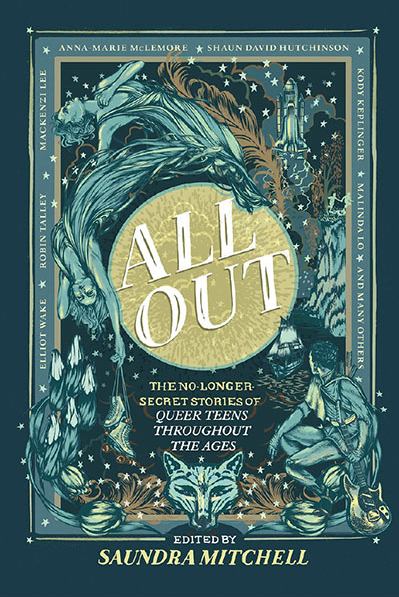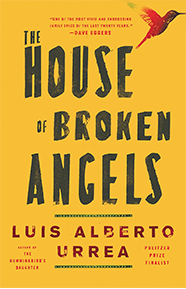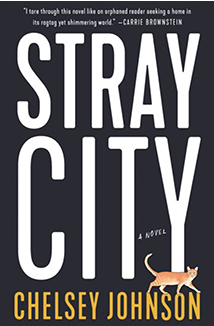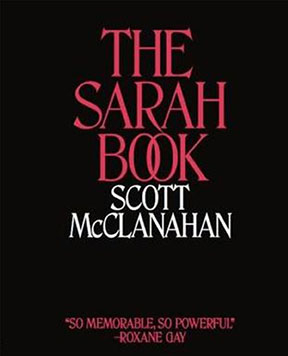Still Lives
The LA art scene sets an eerie scene for Maria Hummel’s crime novel, Still Lives. This book driven by murder, art, and societal commentary that not only leaves the reader with a good story, but a lot to think about as well.
Maria Hummel tells this story through Maggie Richter. Maggie is the in-house editor for the esteemed but struggling Rocque Museum. As the museum prepares for the impending, provocative show “Still Lives” by artist Kim Lord, Maggie’s narration leaves the reader with a sense of tension: as we soon learn, her long-term ex-boyfriend has been dating Kim Lord. Maggie squeezes into a too-tight dress borrowed from a co-worker and attends the gala anyway, despite her intense desire to flee the scene. Both the notion of seeing her ex, Greg, and Lord’s paintings of female murder victims puts Maggie on edge. Everyone anxiously awaits the artists’ arrival at the party but are eventually let down by her absence. The next day it is discovered that Kim Lord is missing.
Hummel’s poetic language and imperfect narrator propel the story forward, making the reader feel as though they too are solving the sudden disappearance of a notoriously unpredictable artist. One can not help but be suspicious of every character, including Maggie.
Readers of Still Lives will be suspicious as well as a bit unnerved as Hummel expertly describes the paintings of Kim Lord. The artist poses herself in the positions of infamous murder victims. Maggie questions Lord’s work through the book: “I hate this artwork. I hate the powerlessness it projects. I hate it because it reminds me there is an end for women worse than death. I will not look at it again.” Hummel paints a picture even better than the artists of her book, using a language unique to L.A. and the back-of-the-gallery experience, which Hummel knows first hand as a writer and editor for L.A.’s Museum of Contemporary Art.
Hummel’s examination of society’s reoccurring habit of fetishizing female homicide victims will leave readers questioning the media and themselves.
Reviewed by Jessica Powers.
Counterpoint. 2017.
IBSN: 9781619021112.
277 pages.










